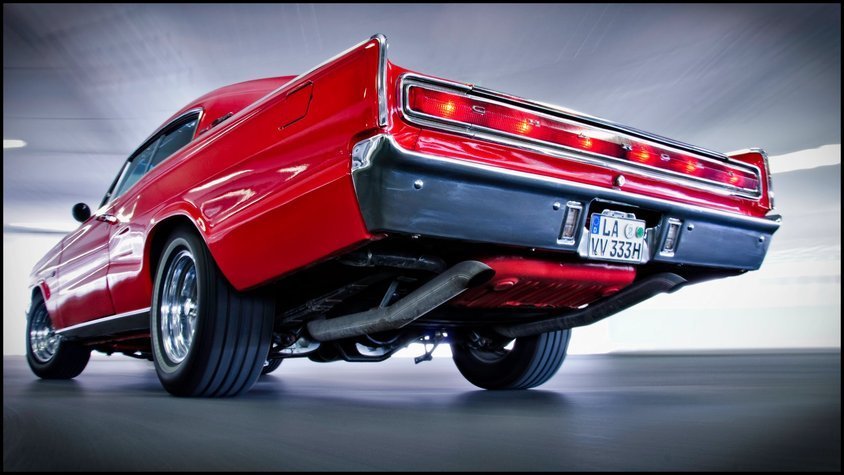
As for engine options, the 440 "Magnum" was added and was introduced in1968 as the standard engine in the R/T package. The 440 was Chrysler's biggest engine and it was conservatively rated at 375bhp (280 kW) with a single 4-barrel carburetor. It was cheaper than the Hemi, could keep up with it until about 60 mph, and was easier to tune and race on the street. But for serious racing, the Hemi was still the boss. The 361 cid engine was replaced by a 383 cid engine. The 318 two-barrel engine remained, although it was now a Chrysler LA engine, unlike the 1966 polysphere "poly" design. The 383 4-barrel and the 426 Street Hemi remained as options.

Despite the Chargers' NASCAR racing success of 1966, sales slipped by half. In 1967 only 15,788 Chargers were sold. The Chargers faced competition from the Trans-Am Series, the Ford Mustang and the just introduced Chevrolet Camaro. Dodge decided that a major redesign was in order, rather than a minor face-lift.
Production Numbers: 15,788 (118 Hemi)

Chrysler was not able to ride the success of NASCAR racing 1966 had it been able to do so the Charger would have been an undisputed leader in the car segment that year as other auto majors were just experimenting with new technology whereas chysler had it all.
AntwortenLöschen